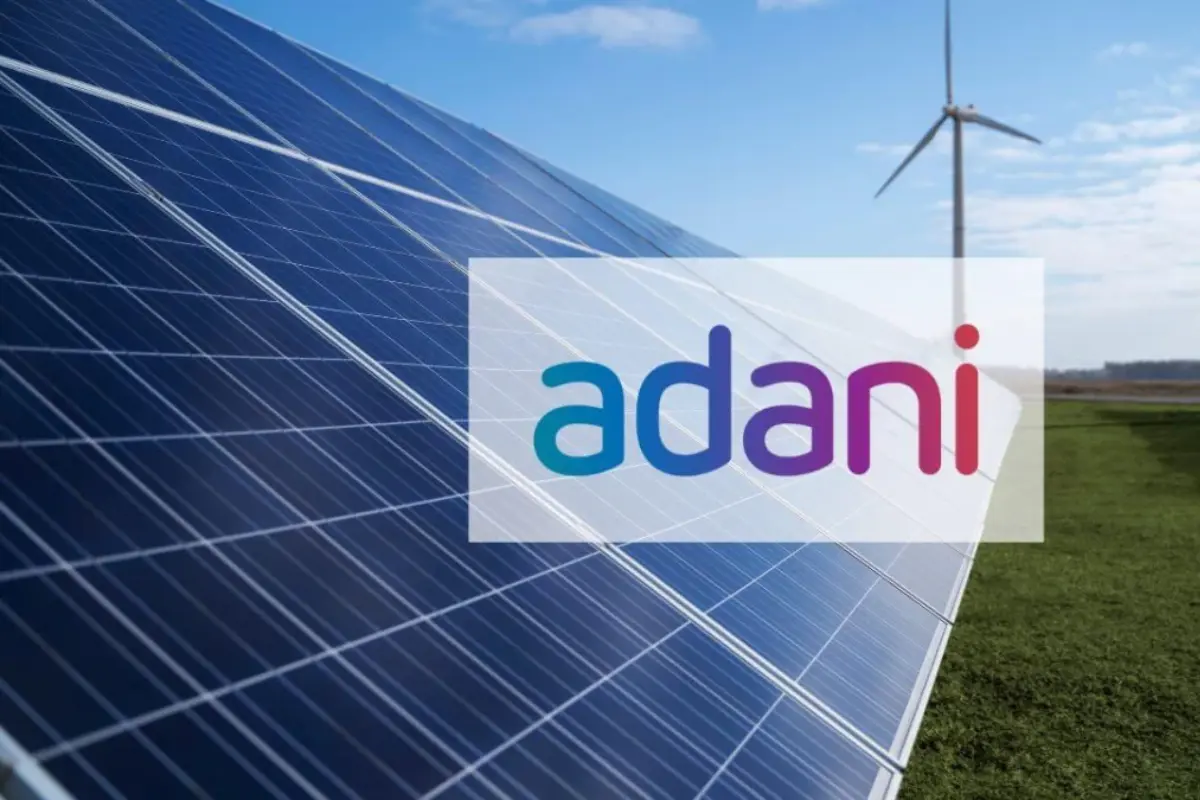
On Thursday, India Ratings and Research (Ind-Ra) has upgraded Adani Green Energy Limited’s (AGEL) long-term issuer rating to IND AA- from IND A+, citing a stable outlook.
The upgrade reflects AGEL’s status as the largest renewable energy developer in India, strong operational performance, and solid financial health.
Key Drivers Of The Upgrade
AGEL’s substantial progress in the renewable energy sector is a primary factor behind the rating upgrade.
The company has demonstrated sound operational metrics and healthy free cash flow to equity, bolstered by promoter equity infusions.
Ind-Ra highlighted AGEL’s robust execution capabilities, noting an expected annual capacity addition of 4GW-5GW in the medium term, up from the previous 2.5GW-3.5GW.
Financial & Operational Strengths
AGEL’s performance is underpinned by healthy counterparty diversification and a significant reduction in receivables. It enhances its cash flow from operations to EBITDA conversion rate.
Additionally, the company’s new policy on leveraging its holding company has contributed to this upgrade.
AGEL has allocated funds for the repayment of a $750 million holding company bond, reflecting a prudent approach to debt management.
Strategic Partnerships & Growth
The creation of a platform within AGEL in partnership with Total Energies SE facilitates partial asset monetisation while retaining consolidation benefits.
This, along with promoter equity infusion via warrants (25% already received), highlights AGEL’s capability to secure debt and equity financing for its projects.
Recent Financial Performance
AGEL reported a 30% growth in EBITDA, reaching Rs 7,222 crore in FY24.
The company also revised its 2030 target to 50GW, up from 45GW, driven by a capacity addition of over 2.8GW in the past year, accounting for 15% of India’s total renewable energy capacity addition.
Future Outlook
Analysts have also noted the favorable ratio of operational to under-construction projects, with AGEL’s operational capacity nearing 10.9GW.
The company’s increased annual capacity addition targets, combined with an amortising debt structure, ensure debt amortisation and reduce refinancing risks.
Also Read: Indian Equity Markets Open Cautiously Amid Global Sentiment Downturn
To read more such news, download Bharat Express news apps


















